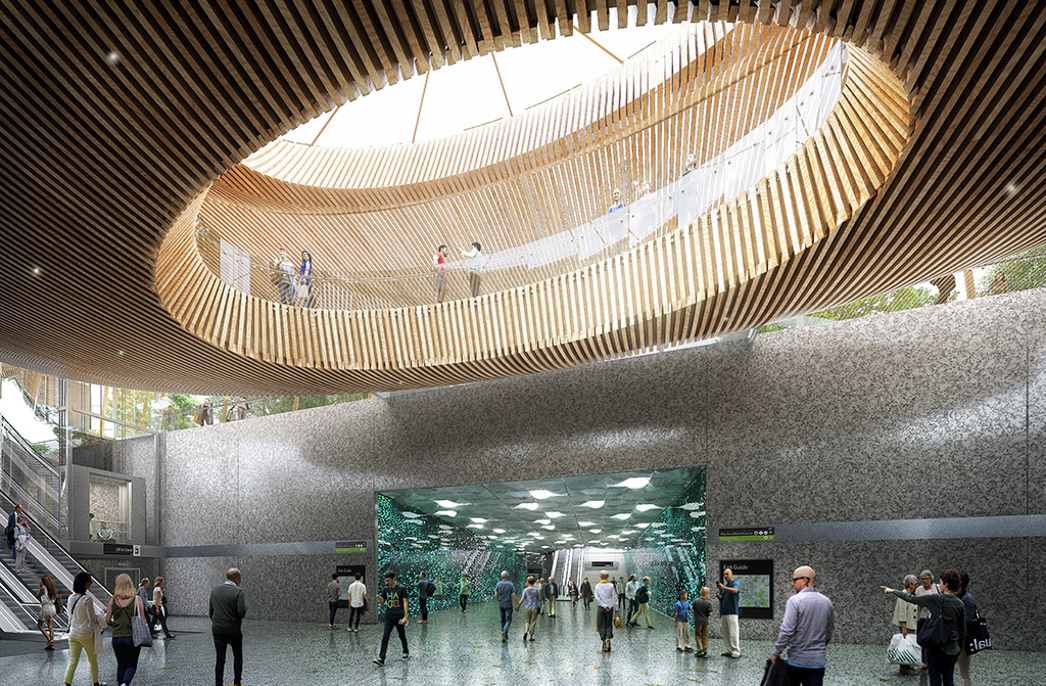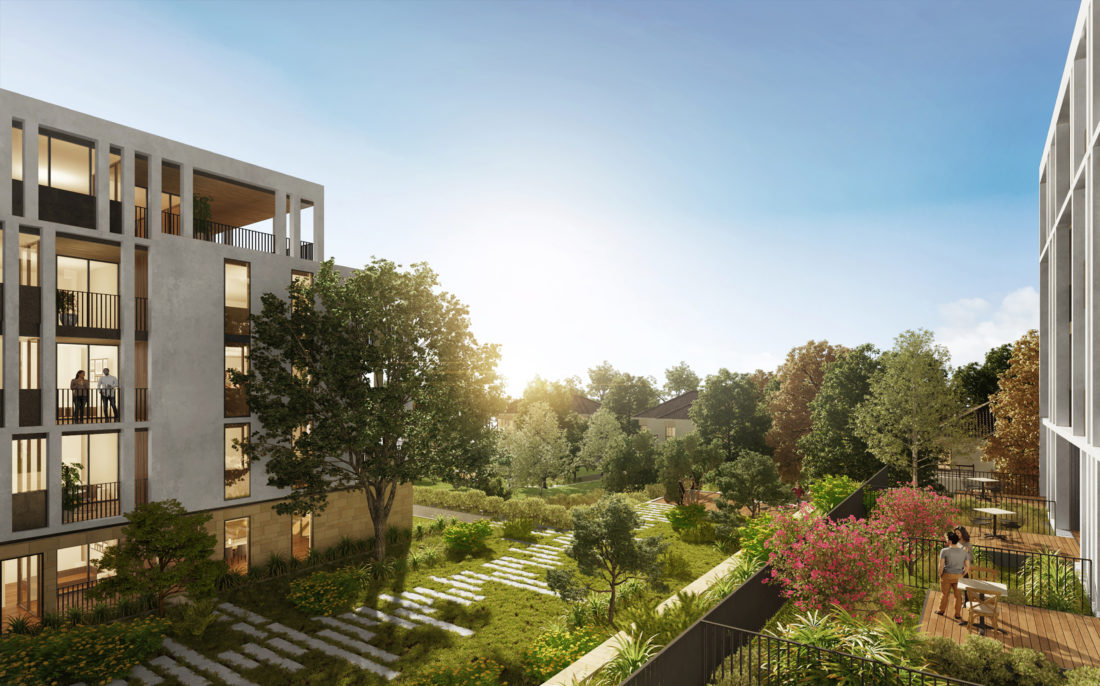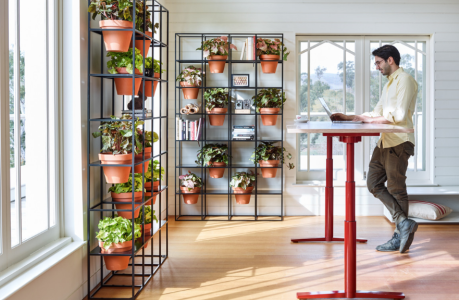
Designing beyond the typical: how considered workplace design can enhance everyone’s experience
Designing beyond the typical: how considered workplace design can enhance everyone’s experience
Share
In recent years, the concept of neurodiversity, which both recognises and celebrates the variations and unique ways of thinking that many people have, has gained an increased amount of traction and attention. With increased awareness comes shifts in expectations about the level of support and inclusion neurodiverse people are offered on a social level, as well as within workplace design.
As part of Australian Design Review’s focus on returning to work and school this month, we spoke with an industrial designer, a psychologist, and an access consultant to gain insights and perspectives about how workplace design can go beyond the typical.
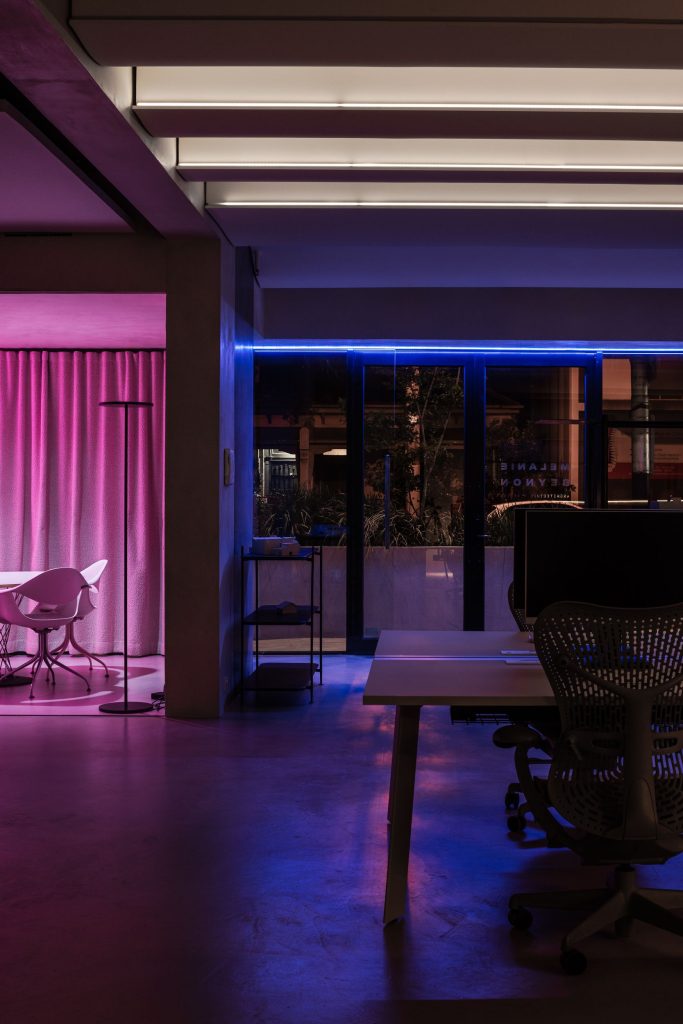
Neurodiversity — it’s not just forgetfulness and ADHD
Before diving deeper into the topic, it’s important to establish a basic understanding of the different types of neurodiversity, which are regarded as part of the normal variation in the human population, according to a recent article in FM Magazine.
- Autism Spectrum Disorder (ASD): People with ASD often have difficulties with social communication, sensory processing, and repetitive behaviours. These difficulties can sometimes make it challenging for them to navigate social interactions, cope with sensory stimuli, and adapt to unpredictable work environments.
- Attention Deficit Hyperactivity Disorder (ADHD): ADHD is, as the name suggests, characterised by difficulties with attention, hyperactivity, and impulsivity. For those with ADHD, it can be difficult to maintain focus, stay organised, manage time, and filter out distractions that abound in a typical workplace or office environment.
- Dyslexia is not typically the first neurodivergent aspect that springs to mind when thinking about neurodivergence in the workplace. But, for those with dyslexia, the modern workplace can be particularly challenging as they find it difficult to process written information quickly or accurately.
The challenge facing designers, particularly designers of workplaces, is how to design spaces that respond to the needs of everyone, no matter how they think or experience the world.
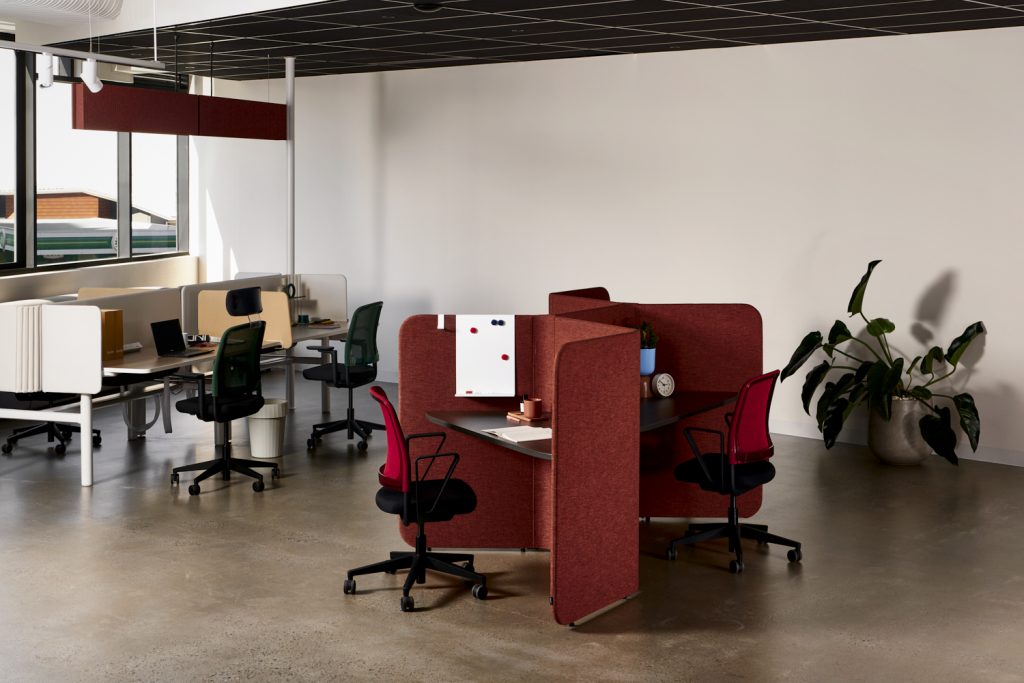
Human-centric design to support creativity and inclusivity
It’s well-recognised that people with neurodivergence, no matter where they fall on the spectrum, have unique cognitive strengths. Indeed, research shows “their brain’s divergence from the norm allows neurodivergent individuals to perceive and experience the world in unique ways that naturally lend themselves to artistic or creative pursuits”.
Workplace design, and the products and tools available for use in a workplace, play an important part in creating an inclusive environment that brings out the best in everyone, as well as supporting the diverse needs and abilities of all employees.
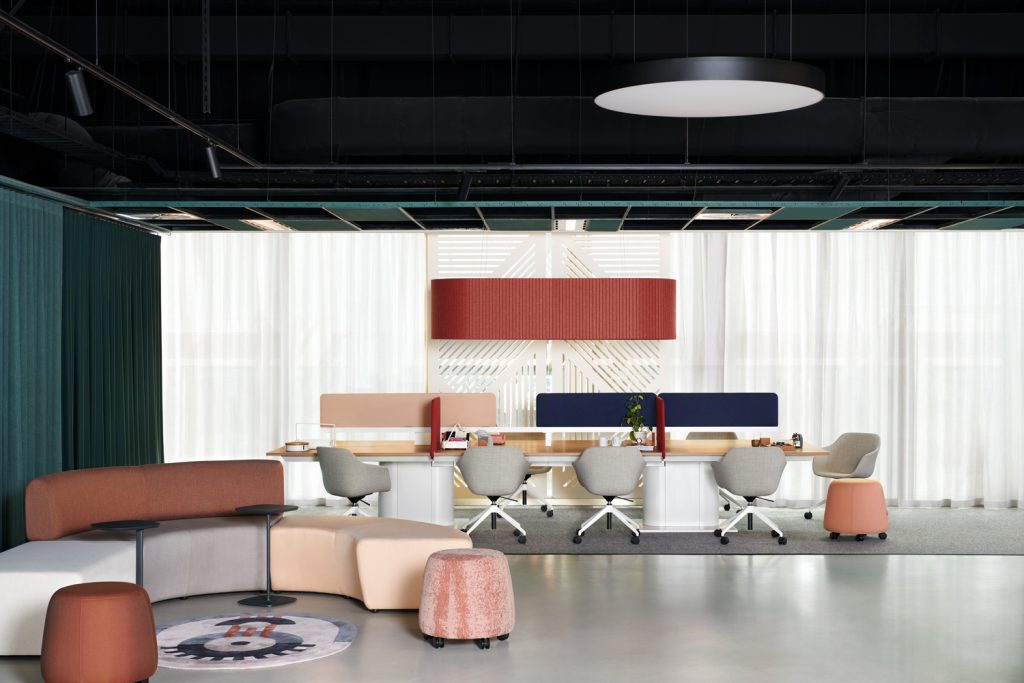
For Zenith Design Studio creative director Oliver Field, future ways of working are a particular area of interest. As a result, Field’s approach is always human-centric.
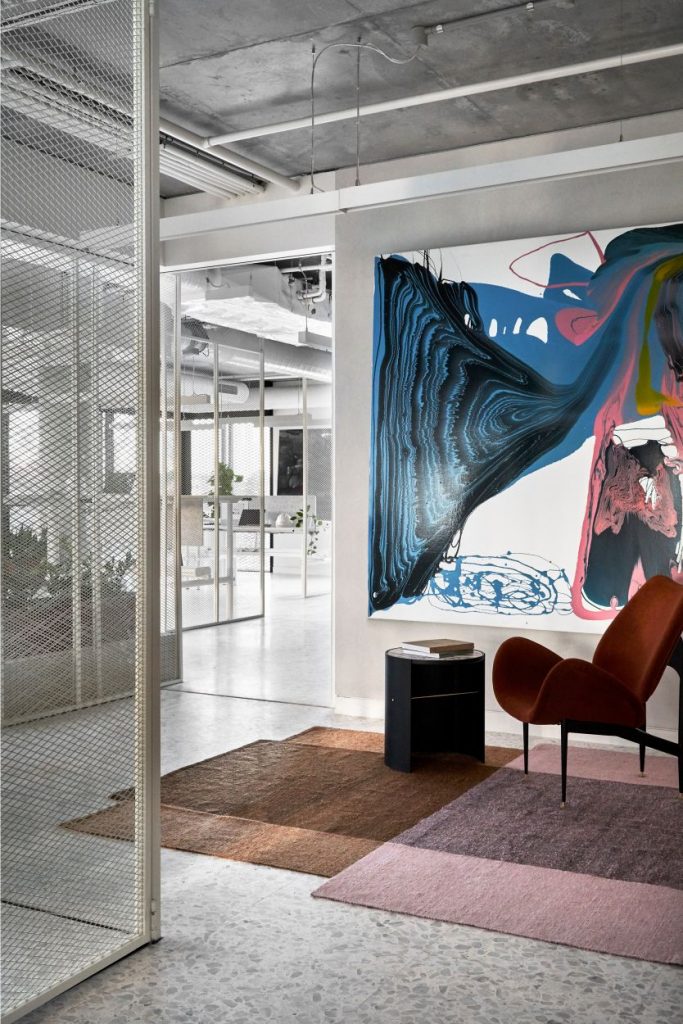
“We focus on three critical areas which all relate to workplace design, these being occupant behaviours, functional need, and emotional need,” Field says “The hierarchy of these three considerations vary depending on the type of product we are designing, but all three are always considered.”
For Cathy Wagner, a registered psychologist and cognitive behavioural therapist who specialises in the treatment of depression, anxiety disorders and stress management, the universality — the human-centric aspect — also rings true. “I suspect all of us have some aspects of neurodivergence,”Wagner says. “After all, we are all unique, and have strengths and challenges.”
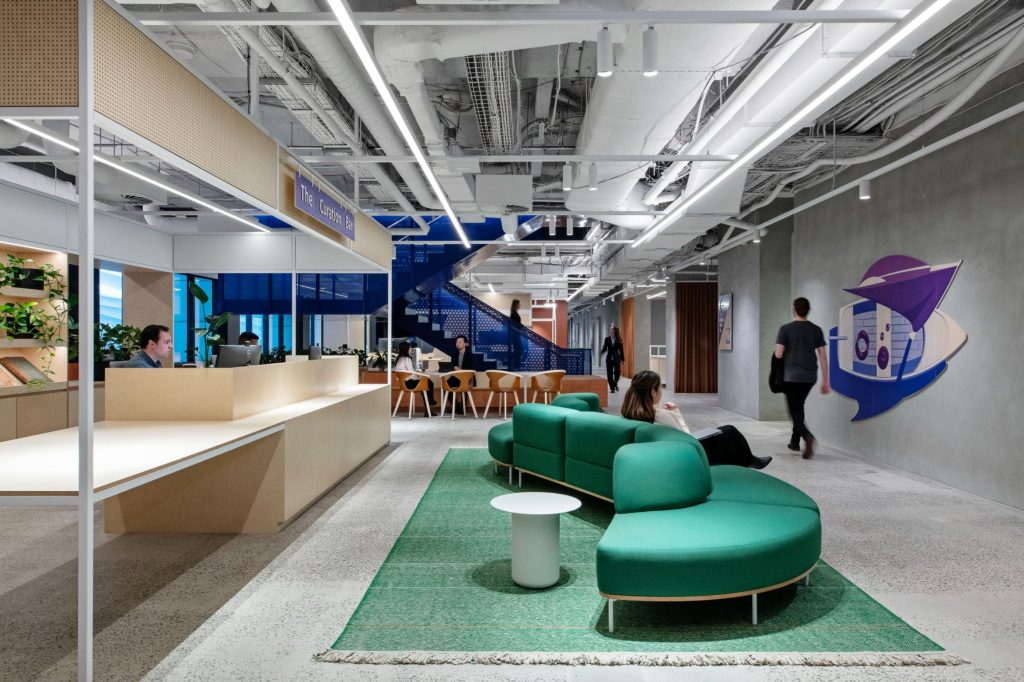
This is not to say that the challenges faced by people with neurodivergence are not significant. “Neurodivergent individuals are often highly intelligent but may have trouble focusing on tasks or maintaining eye contact,” she says. “They may have trouble with spelling or reading. Or, they may be hypersensitive to noise, light or have specific sensory needs.”
It is in the areas of sensory sensitivity that workplace design matters most.
Appealing to the senses — balancing stimulation and tranquillity
When managing spaces, Ellen Naismith, an access consultant at Architecture and Access, says it’s important to understand who the user group is. “There are no actual standards for universal design,” she says. “It’s [a set of] principles on which we aim to work to achieve access and inclusion for the widest range of users possible.”
Designing spaces that balance stimulation and tranquillity is a crucial consideration for inclusivity. It’s also at the core of human-centric design. According to Field, “colour, acoustics, visual privacy and biophilia are all design mechanisms that can enable our [Zenith] products to become a positive tool for social and emotional comfort”.
To help neurodivergent employees thrive, Wagner says it’s important for workplaces to have “quiet or safe spaces”.
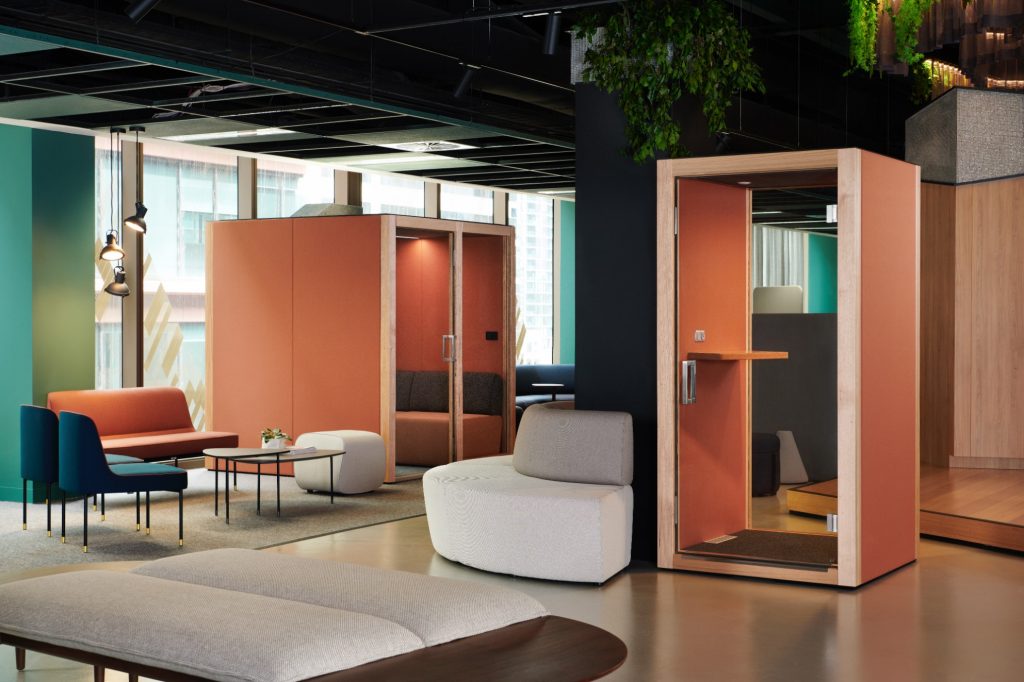
Product design solutions — elements for a truly inclusive workplace
Here in Australia, there are a number of commercial furniture and product manufacturers, such as Zenith, Herman Miller, Krost, Interface and Autex, who offer products which can be integrated into a workplace design to address the sensory needs of neurodiverse people.
Flexible lighting
Providing adjustable lighting and natural light sources allows all individuals to adjust their environment to suit their sensory needs. Natural light also supports the development of time orientation in education settings, which by extension has applications in workplace environments.
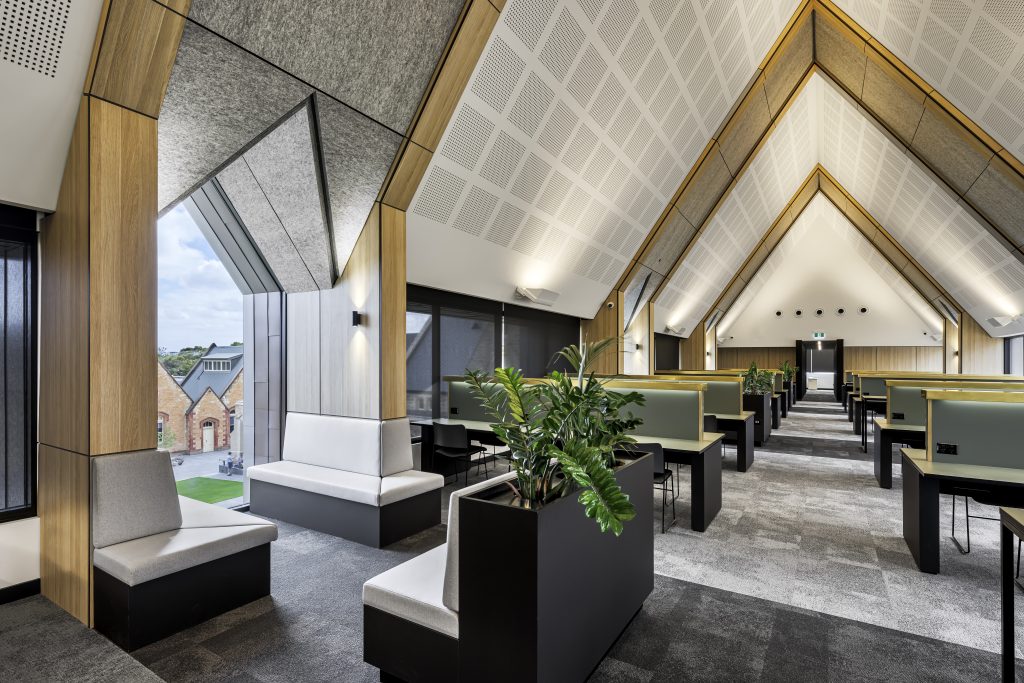
Flexible workspaces
The modern office has been progressively moving away from pure open-plan spaces and fixed desks to become a “very diverse place”, says Field. Sit-to-stand desks and ergonomically designed chairs have become commonplace. For Field, flexible workspaces go beyond adjustable desks and task chairs and require a systems-based approach to design.
“We also see our products providing a sense of comfort from an emotional perspective,” he says. “This can be in the form of providing quiet spaces which help to lower distracting noise within the office. Or, providing visual comfort, meaning our products can provide visual privacy within the open floor plans which can aid concentration and distraction.”
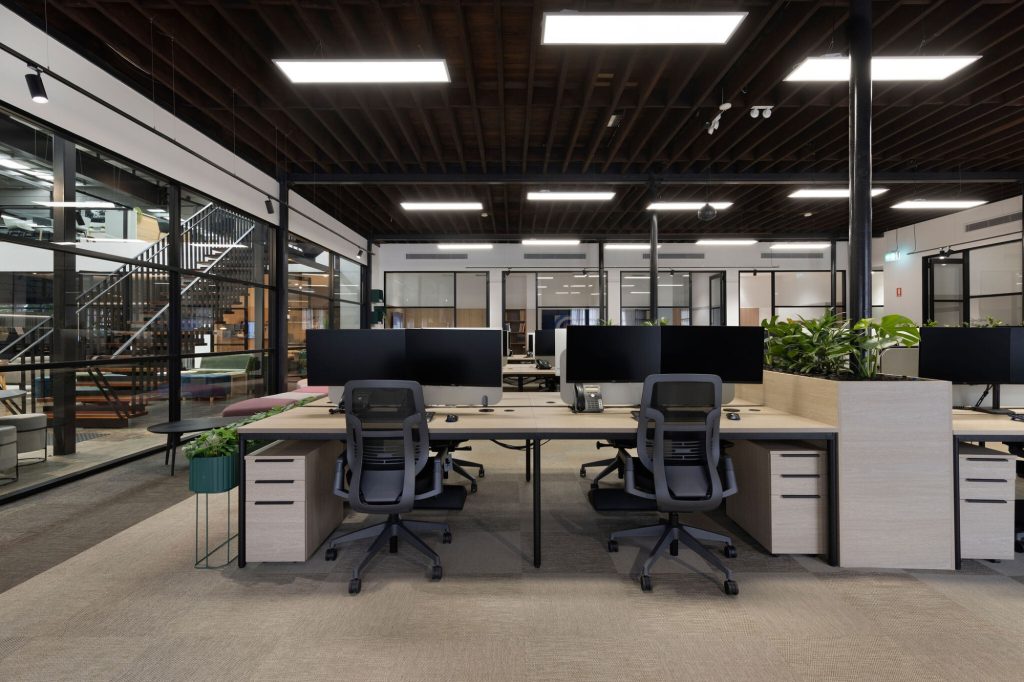
Biophilia
Biophilic design and the inclusion of plants in workplace environments can contribute significantly to the wellbeing of a workplace environment. Leading designer Joost Bakker believes plants should surround us in our homes and at work. “As we spend more time inside away from nature, I think it is more important than ever,” he says. “It’s a primal link that subconsciously relaxes us.”
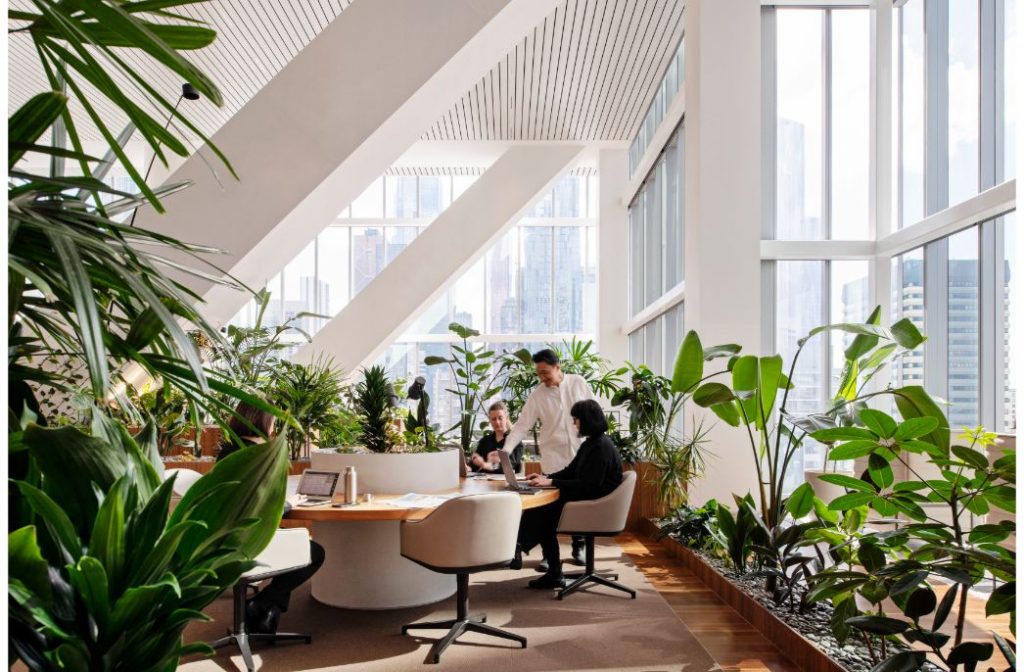
While Bakker is speaking generally, introducing nature into a workplace can only have positive benefits for neurodivergent individuals too. As Field notes: “We often include planters into our furniture, which helps create a calm work environment”.
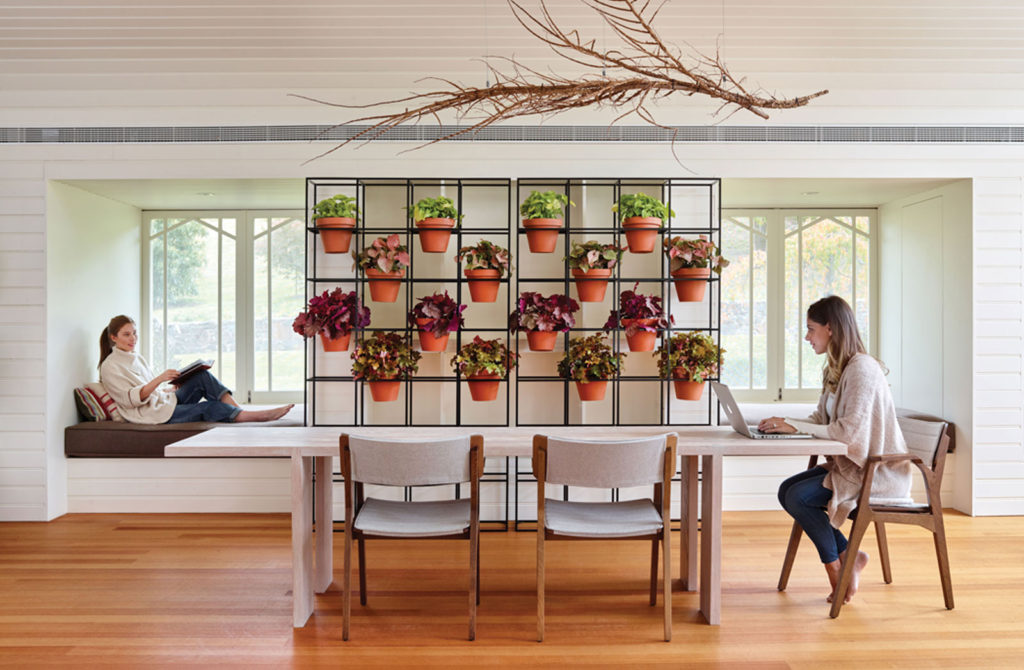
Acoustic considerations
Incorporating sound-absorbing materials, such as acoustic panels or carpeting, can help create a quieter atmosphere. Thankfully, from an aesthetic perspective, the industry has come a long way from the days of acoustic panels and carpets being dull at best, and an eyesore at worst.
Under David Oakey’s guidance, Interface offers a large range of flexible, sustainable and durable carpet panel solutions. Ranging from bold graffiti styles to more serene muted patterns reflecting the paths we tread in nature, Oakey — like Field — takes a human-centric design approach that recognises the importance of sensory cues.
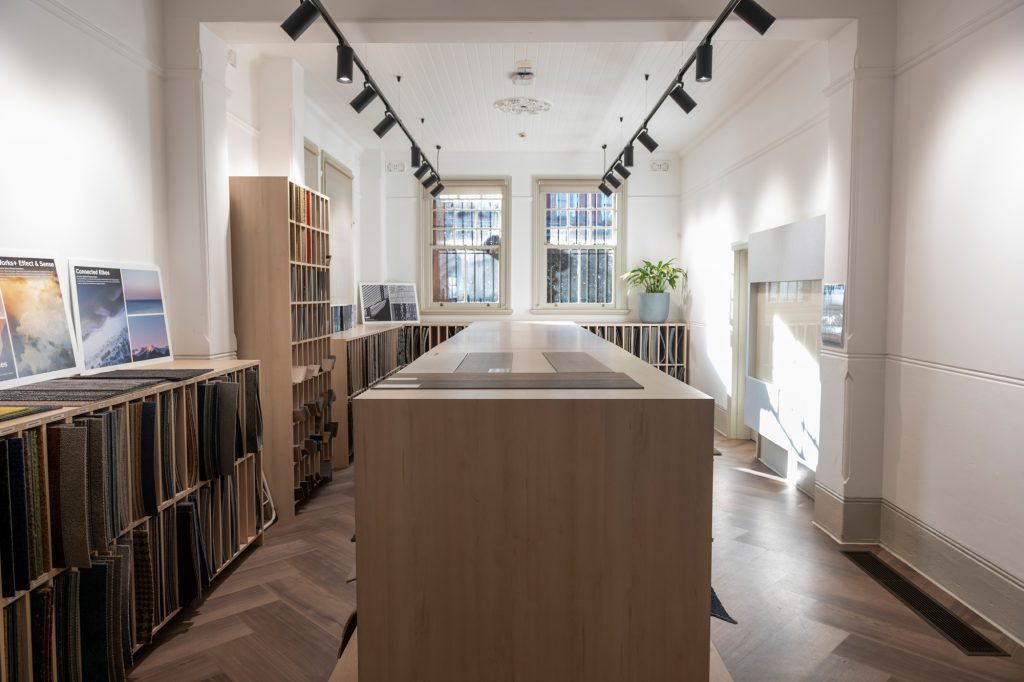
Additionally, dedicating designated quiet zones where noise levels are reduced can provide a retreat for those who require a quieter space to concentrate. While not all office spaces have the luxury of a large footprint to dedicate to quiet zones, there are a number of innovative personal use products available.
The OE1 range from Herman Miller, for example, offers several functional and flexible products that individuals with neurodivergence may benefit from, including the OE1 Personal Hoodie and Agile Wall.
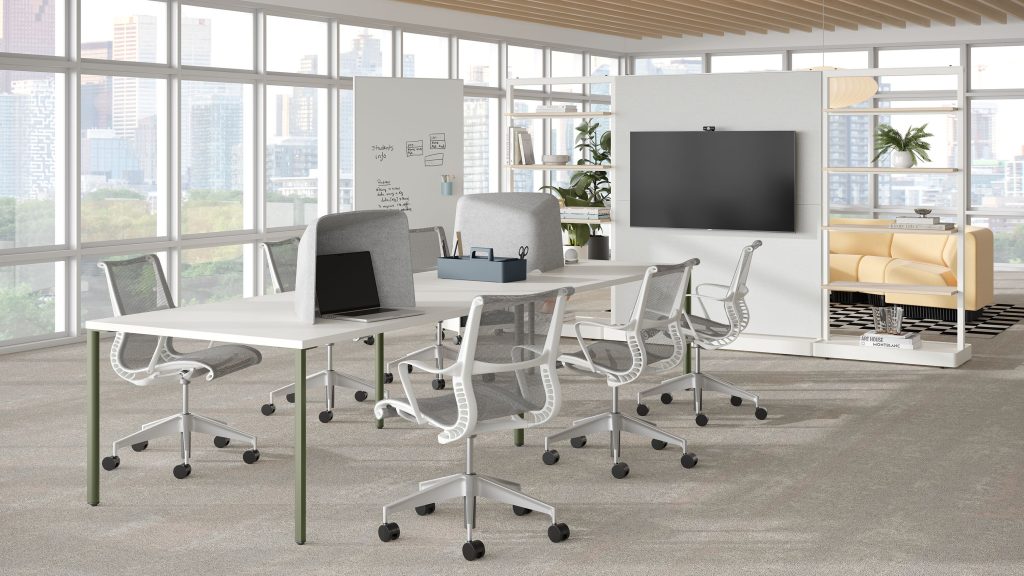
Designing workplaces with neurodiversity and inclusivity in mind has the potential to create a more inclusive and productive work environment for all. Embracing neurodiversity-inclusive principles is perhaps not about singling out difference, but about being human-centric. After all, as Wagner says, “different isn’t good or bad. It’s just different’’.
Lead image: Zenith’s range of flexible seating and acoustic booths.
Check out how Hassell created a magnetic workplace for NAB in Melbourne
You Might also Like
